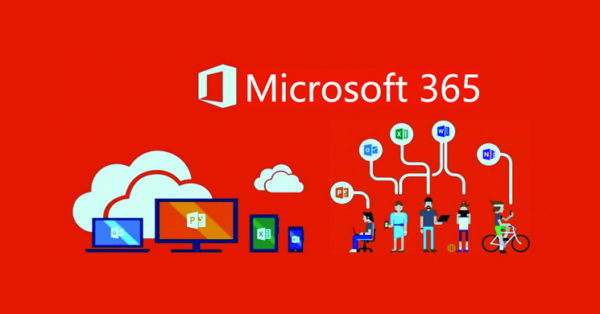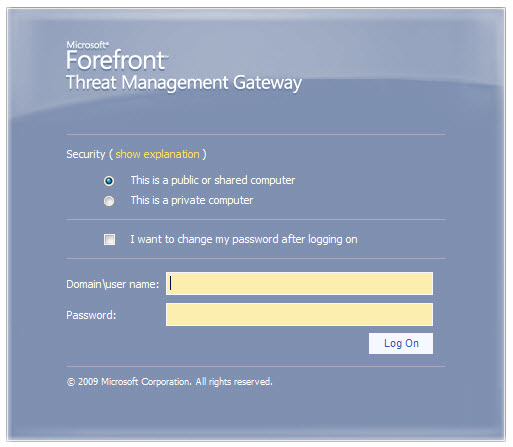
To ensure a smooth transition and allow for proper planning, please make sure that you are ready for the transition on or before, as Microsoft intends to transition your service between and. If you haven’t already done so, now is the time to plan and prepare for your transition. Given these responsibilities you will see how difficult these changes will be when you see the snippet below from the emails customers are getting with regard to time scales as to when the changes will occur: Optional: deploy an on-premise Exchange Server 2010 CAS role if you have a hybrid on-premise/cloud Exchange deployment and want to share free/busy and other information across servers.
SHAREPLUS FOR OFFICE 365 HOW TO
(see my previous posts on how to do this)

Optional: deploy an on-premise Active Directory Federation Services server if you choose to implement ADFS-based single sign-on.Inform and train your end-users as needed.Re-configure end-user Active Sync devices.Configure end-user computer software if required.Update end-user computer software to meet the system requirements.Migrate any and all customer data as required for a full transition.Prevent any disruption to email flow during transition.Provide you with information and guidance about the transition.Inform the technical and administration contacts (as listed in your BPOS tenant) of the transition.This post will highlight some of the key changes and responsibilities required to ensure the transition goes smoothly.

SHAREPLUS FOR OFFICE 365 INSTALL
I’m not sure why the routing groups were not created on the initial install as they are normally created automatically… but for now this solved all my problems for replicating data between the two Exchange platforms.Īs the Office 365 boom is taking off, we are now starting to get many customers contact us who are receiving emails from Microsoft informing them that there BPOS account is going to be upgraded to Office 365. New-RoutingGroupConnector -Name “2010-2003” -SourceTransportServers “” -TargetTransportServers “” -Cost 1 -Bidirectional $false -PublicFolderReferralsEnabled $true however I realised that nothing was replicating and mail was not flowing…Īfter a bit of research I found that the routing group connector was not configured as part of the install process so to create i found the following Exchange PowerShell commands solved the problem. After following all the Prerequisites for adding an Exchange 2010 SP1 Server to a clients Exchange 2003 SP2 organisation the initial install seems to have gone really well… my next stage was to configure replication between both of the servers for the usual public folders and enable mail flow between both boxes….


 0 kommentar(er)
0 kommentar(er)
